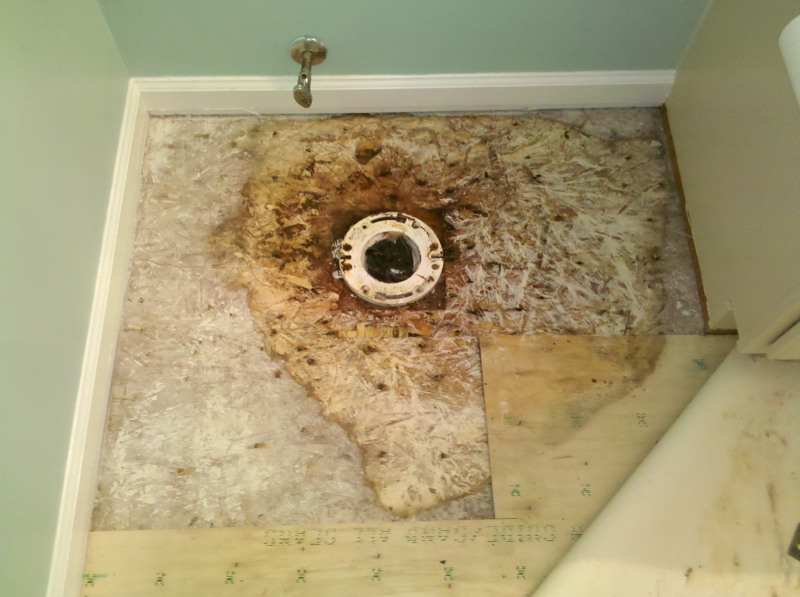On this page below you can discover a lot of amazing insight all about Preventing Water Damage in the Bathroom.

The shower room is extremely susceptible for wet buildup and prospective water damages due to the regular use water in it. This article provides basic examination techniques to assist finding water damages hazards.
The regular use water in the washroom makes it extremely susceptible for damp buildup and also potential water damages. By examining it frequently, you can reduce water related problems.
The adhering to collection of examinations is very easy to execute and should be done once in every three months in order to keep your shower room healthy and also to stop potential water damages caused by the bathtub, the shower, pipe joints as well as plumbing, sinks, cupboards, as well as the bathroom
Do not disregard executing these examinations and also be thorough while executing them. Remember that these simple inspections can save you a lot of cash by providing very early signs for water damages
Sinks and also Cabinets
Sinks and also closets are revealed to dampness as well as moisture everyday and are frequently overlooked. Inspect regularly under the sink and on the kitchen counter over it. Fix any type of drip in the trap as it may suggest drain troubles. Check out the sink, slow-moving draining pipelines may indicate a blocked drainpipe. Change sink seals if they are split or loose.
Bathtub and Shower
The shower and also tub need special attention and also upkeep. Inspect the tiles and change if split. Ensure that there is no missing cement in between the ceramic tiles. Inspect and also change broken caulking at joints where the wall surfaces satisfy the floor or the tub. Clogged drains pipes as well as pipelines issues will stop the bathtub from drying out as well as might suggest serious issues beneath the bath tub. Speak with a specialist right away to prevent architectural damage. Focus on stainings or soft areas around the bath tub walls as they might indicate an inner leak.
Plumbing
Signs for water damages are hard to find since many pipelines are set up inside the wall surfaces.
Pay special interest to flooring as well as wall surfaces moisture and also stains as they may show an unnoticeable plumbing trouble. Check wetness degrees in adjoining areas as well.
The Bathroom
The commode is a vulnerable water junction. Inspect the water lines and also search for leaks around the bathroom seat, in the pipe, and also under the water tank. If you discover any type of indicators of dampness on the floor around the toilet, check for leakages in the toilet rim as well as container seals.
Be aware that hanging bathroom dish antiperspirants enhances the possibilities for obstructions.
Water Damage Signs In The Bathroom To Avoid Cleanup
Musty smell
This is one of the easiest signs to catch because musty smells are so odorous. The damp, earthy, moldy smell should be a big red flag. The smell will develop when moisture gets trapped in surfaces, and begins to facilitate mold growth. Leaking pipes under cabinets, inside walls, and behind shower fixtures will cause moisture to stay trapped and not dry, which will lead to mold growth and spread. As soon as you notice any musty smells in your bathroom, have it checked for hidden water damage and cleanup signs.
Visible mold
If the smell isn’t there to give it away, sometimes you will actually see mold growth. Finding mold in your bathroom is a serious problem, because mold is very harmful to your health. By the time mold growth is visible, it also means that water damage has already occurred and been present for some time. The only way the mold problem can be resolved is to find the source of the moisture and get it stopped. To safely and adequately remove mold, you need to have professionals handle the remediation. Do not waste any time in getting mold problems addressed, fixed, and sanitized so that you can protect you and your family from the many respiratory symptoms caused by mold exposure.
Damaged floors
Bathroom floors should be able to withstand some exposure to water while still remaining in good condition. However, when excess exposure or water leaks occur, they will begin to damage even the most water-resistant flooring. If you notice any cracking, bubbling, staining, or warping on your bathroom floors, there is probably a water leak somewhere causing the distortion. If you notice areas of the floor have become softer, or even have a spongy feeling, there is probably damage to the subfloor. Subflooring is typically made up of plywood. When plywood is exposed to water or moisture, it will absorb it. Once it has become saturated, the weight of the excess water will cause the wood to swell and soften. Check the floors in your bathroom frequently to catch any of these sings before they lead to damaged subflooring.
Changes on walls
When water leaks behind walls, it will cause changes in the drywall. Peeling plaster, blistering paint, and soggy wallpaper are all good indicators that excess water is building up behind the wall. Water leaking behind drywall will cause it to swell and be soft to the tough. If you start to notice gaps along the trim of your walls, or where tile meets the wall, it could also be a strong indicator that there is a leak behind the wall. Any changes, distortion, or damage on the walls should be evaluated as soon as you notice it to prevent further water damage and cleanup.

I'm very taken with Preventing Water Damage in the Bathroom and I hope you liked the post. Enjoyed our write-up? Please share it. Let someone else discover it. Kudos for your time. Please check our site back soon.
Explore